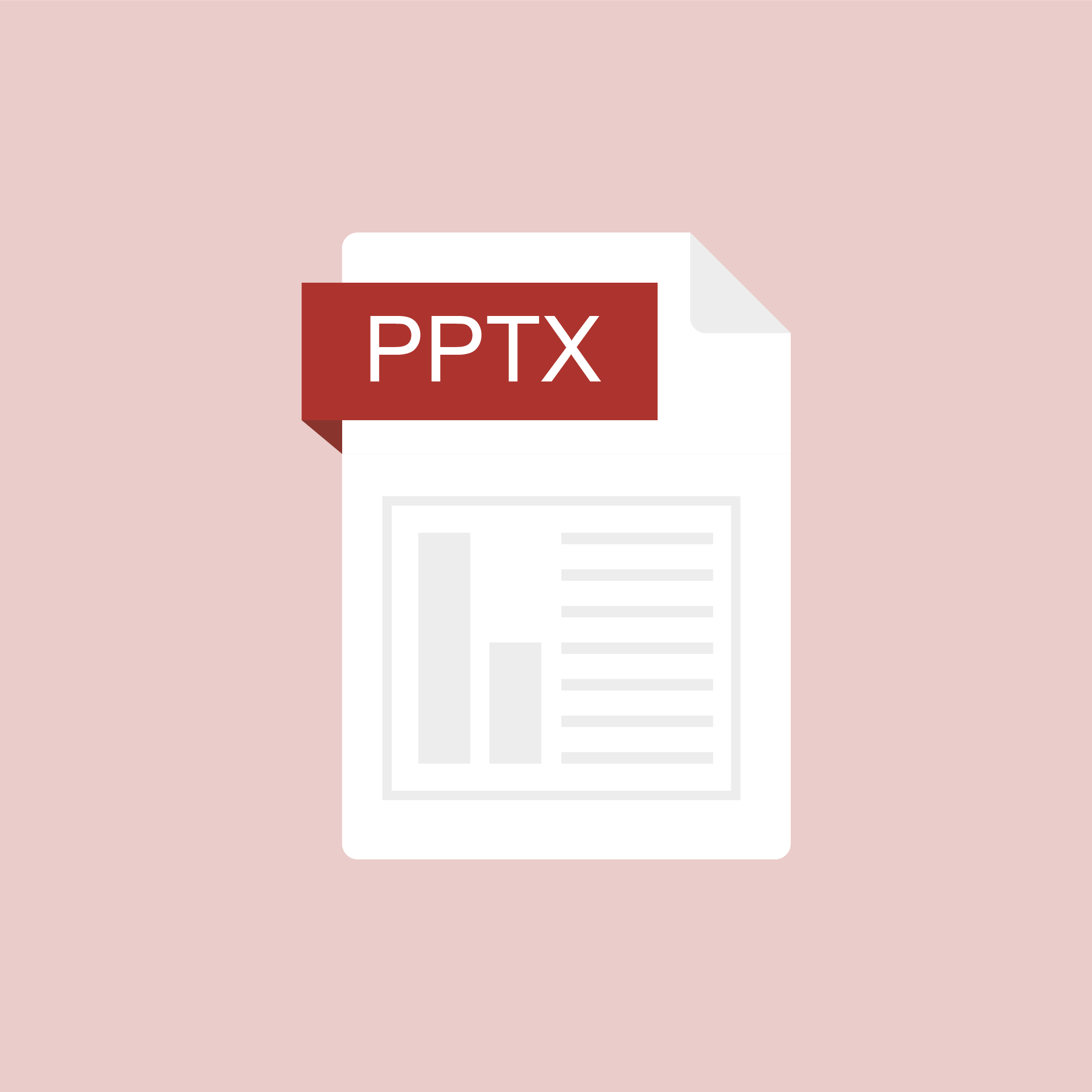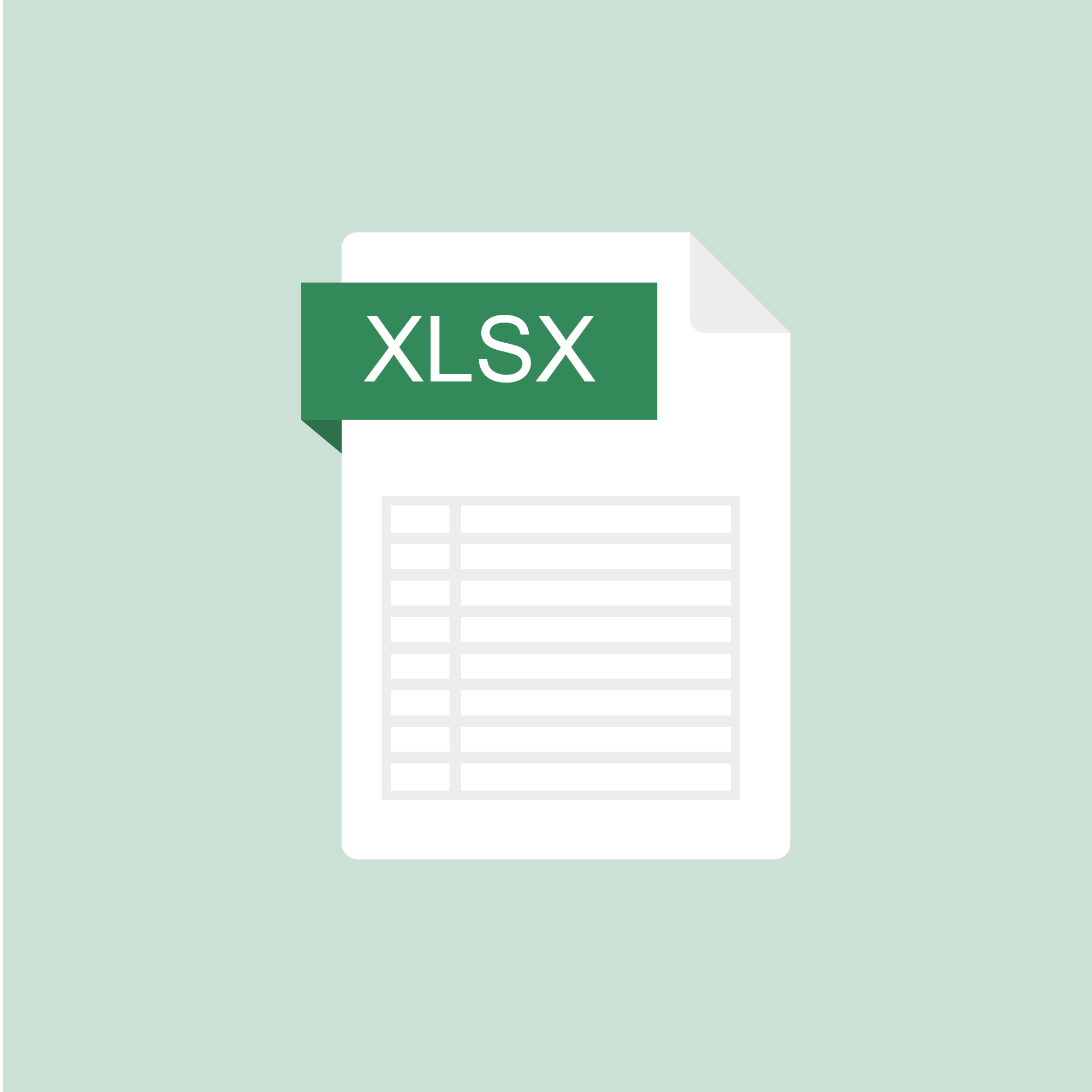Browse
Youth Empowerment
Education sciences
Education sciences,[1] also known as education studies, education theory, and traditionally called pedagogy,[2] seek to describe, understand, and prescribe education policy and practice. Education sciences include many topics, such as pedagogy, andragogy, curriculum, learning, and education policy, organization and leadership. Educational thought is informed by many disciplines, such as history, philosophy, sociology, and psychology.
Faculties, departments, degree programs, and degrees on education sciences are often called simply faculty of education etc.[3] It is likewise still common to say she is studying education, which is only very rarely expressed as studying education science(s) and was traditionally called studying pedagogy (in English) in most European countries. Similarly, educational theorists may be known as pedagogues depending on the country.
For example, a cultural theory of education considers how education occurs through the totality of culture, including prisons, households, and religious institutions as well as schools.[4][5] Other examples are the behaviorist theory of education that comes from educational psychology and the functionalist theory of education that comes from sociology of education.[6]
By:
Monika Dhakate..
Monday, Feb 19, 2024
CULTURE AND SOCIETY
+3

Leave a comment
Dr. D.Y. Patil B- school Conference
Dr. D.Y. Patil B- school Conference
By:
jazz
Thursday, Jun 15, 2023
WATER, ENERGY, AND THE ENVIRONMENT
+1

Leave a comment
Data Tag Implementation
At Scrum.org, we have two webcast series that can help you continue your learning. ScrumPulse is an educational webcast series designed to help those new to Scrum and those with experience learn and improve. We also offer an Ask a Professional Scrum Trainer series, which is a live interactive session where you can bring your toughest Scrum questions and challenges! Below is the listing of the webcasts we have coming up soon! All previously recorded webcasts are located
By:
Lorell Sandi
Tuesday, Jan 31, 2023
CULTURE AND SOCIETY
+1

Leave a comment
What is Attention Deficit Hyperactivity Disorder?
What is Attention Deficit Hyperactivity Disorder?
Primer text from The College of William & MaryADHD is one of the most commonly diagnosed conditions of children (Centers for DiseaseControl and Prevention, 2015).
By:
Roseeta Violet
Wednesday, Sep 7, 2022
HEALTH AND NUTRITION
+1

Leave a comment
ADHD and School interventions
ADHD and School interventions
School interventions should include a team approach across multiple settings, consisting of bothpreventive and intervention strategies.
Interventions must be based upon assessment data that includes information about the student’s strengths and needs as well as the environmental conditions in which her characteristics of ADHD occur.
Progress monitoring and strategy adjustments are critical to the success of any intervention plan (Wolraich & DuPaul, 2010).
By:
Roseeta Violet
Tuesday, Sep 6, 2022
HEALTH AND NUTRITION
+1

Leave a comment
SAP Ariba
SAP Ariba is a cloud-based Procurement solution to perform business transactions on a single platform. It can be easily integrated with other SAP ERP products without using middleware and can be customized as per business requirements. Ariba provides out of box functionality to buyers and suppliers to do business and to get maximum benefits from procurement management.
By:
Anne Miller vijayalaxmi Santosh Mhetre
Wednesday, Jun 8, 2022
CULTURE AND SOCIETY
+2

Leave a comment
Agri and food Scholar
Peer TutoringPeer tutoring is one of the more effective strategies for students with ADHD, because it provides many of the same supports as one-to-one instruction. It facilitates the acquisition of both academic and social skills.
Peer tutoring is most effective when training is provided to participating students (Piffner, 2011). Tutors need to be taught how to be prepared with materials needed for the session and howto give positive and corrective feedback to their partner (Greenwood & Delquadri,1995).
Cooperative LearningCarefully structured cooperative learning groups in which each student is assigned a role and has clear expectations for desired outcomes are very helpful for students with ADHD. The more structured the cooperative activity, the more likely it is that these students will succeed.Sharing Strategies Think, Pair, Share/Square Share/Group Share: Using thisapproach, students work with peer partners to discuss the lesson, check each other’swork, and share strategies.
By:
Danny Martin
Thursday, Dec 23, 2021
CULTURE AND SOCIETY
+1
Leave a comment
ADHD Students and Classroom Considerations
The culture of the classroom can either support or create barriers to student success (Piffner,2011).
Factors that foster attention, positive behavior, and academic and social success includeestablishing positive relationships with students, adopting classroom management techniques,and creating a physical arrangement that facilitates learning.
It is often a positive relationship with one teacher that facilitates school success for a studentwith ADHD (Piffner, 2011).
When teachers connect with students and appreciate their unique skills and interests, students are more likely to strive for achievement and positively respond to classroom rules and procedures.
When using a proactive approach to classroom management, teachers support all students andcreate conditions that prepare them for learning (Piffner, 2011).
Some strategies for positive management include clear directions, meaningful feedback, and opportunities for collaboration with peers. Here are some others.
Opportunities to RespondStudents with ADHD often have the most trouble attending during drill-and-practice assignments because of the repetitive nature of the tasks. Peer-mediated approaches such as those enumerated in the next screens are particularly effective for students with ADHD in such cases, because they increase students’ opportunities for engagement and active learning (Piffner, 2011).
In creating peer-mediated activities, the teacher may need to choose students whoseskill levels complement each other. Students with and without attention difficulties andimpulsivity should be considered for peer partnerships.
By:
Sali Hamilton
Thursday, Dec 23, 2021
YOUTH EMPOWERMENT
+1

Leave a comment
Agri and food Scholar
Primer text from the College of William & Mary.https://education.wm.edu/centers/ttac/documents/packets/adhd.pdf
Many students with ADHD have significant difficulties with organization.
They are more likely to respond positively when teachers establish class routines and set procedures and maintain a well-organized learning environment.
Clear rules and advanced planning are keys to success for teachers of students with ADHD.
The following organizational supports are particularly useful. Students should be taught to use these tools through teacher modeling and guided practice with feedback before being expected to use them more independently.
Assignment Notebook: Provide the student with an assignment notebook to helporganize homework and seatwork.Color-Coded Folders: Provide the student with color-coded folders to helporganize assignments for different academic subjects.Homework Partners: Assign the student a partner who can help recordhomework and other seatwork in the proper folders and assignment book.
By:
Sali Hamilton
Thursday, Dec 23, 2021
YOUTH EMPOWERMENT
+1

Leave a comment
Organizational Supports for ADHD Students
Primer text from the College of William & Mary.https://education.wm.edu/centers/ttac/documents/packets/adhd.pdf
Many students with ADHD have significant difficulties with organization.
They are more likely to respond positively when teachers establish class routines and set procedures and maintain a well-organized learning environment.
Clear rules and advanced planning are keys to success for teachers of students with ADHD.
The following organizational supports are particularly useful. Students should be taught to use these tools through teacher modeling and guided practice with feedback before being expected to use them more independently.
Assignment Notebook: Provide the student with an assignment notebook to helporganize homework and seatwork.Color-Coded Folders: Provide the student with color-coded folders to helporganize assignments for different academic subjects.Homework Partners: Assign the student a partner who can help recordhomework and other seatwork in the proper folders and assignment book.
By:
Sali Hamilton
Thursday, Dec 23, 2021
CULTURE AND SOCIETY
+2

Leave a comment
Behavior Management Strategies and ADHD students
Text from William & Mary and Texas A&M https://education.wm.edu/centers/ttac/documents/packets/adhd.pdfThe goal of behavior management strategies is to help students learn to manage their ownbehavior. The following strategies are most effective when used in conjunction with evidence based instructional strategies.
Prevention StrategiesHere are some preventive measures that support students in demonstrating positivebehavior.
Nonverbal Supports: Together with the student, develop inconspicuous,nonverbal messages such as eye contact, hand gestures, or other signals that teachstudents to recognize the conditions that trigger specific behaviors. Once thesystem is developed, students can learn to manage their behavioral responsesbefore they occur.
For example, creating a signal and routine for “taking a five minutebreak” at a specified classroom location provides an opportunity for thestudent to recognize when he is becoming restless or frustrated and preventsbehavior from escalating. This system is most effective if used before thebehavior escalates or intensifies.
Choice as Reward: Choice in and of itself appears to be highly reinforcing.Provide choices of activities between assignments or embed choices withinassignments (e.g., choice of materials, readings, response modes, peer partners).Choices also provide students practice in decision making.
Checking With Chimes: In order to teach students to monitor their attention totask, set reminders at random intervals on an electronic device, such as asmartphone or kitchen timer. Time intervals should be set based on the student’sattention span and the pace of the lesson (typically 3 to 5 minutes). When thetone sounds, the student charts or marks whether she is engaged in learning. Asimple yes or no checklist works well. Students can monitor their own behaviorsby giving themselves points or checkmarks for appropriate behavior. Extra pointsmay be awarded when student and teacher ratings match. The student could thenchart her score using a computer program, tablet, smartphone, graph paper, orposter board.
Visual and Environmental Prompts: Use behavioral and environmental prompts to increase desired classroom behaviors. For example, pictorial prompts of students attending in class serve as a reminder of the teacher’s expectations for learning and behavior. Electronic visual aids such as interactive whiteboards and document cameras are helpful for capturing the attention of students with ADHD (Piffner, 2011).
By:
Anne Miller vijayalaxmi Santosh Mhetre
Thursday, Jun 10, 2021
HEALTH AND NUTRITION
+1

Leave a comment
Self-Correction Opportunities
https://youtu.be/HndV87XpkWg
Self-Correction Opportunities Students use calculators or a key provided by the teacher to check their answers.Learning Games Students play board games that reinforce skills such as sight vocabulary, phonics, grammar rules, and basic math facts.
By:
Anne Miller vijayalaxmi Santosh Mhetre
Thursday, May 27, 2021
WATER, ENERGY, AND THE ENVIRONMENT
+1

Leave a comment